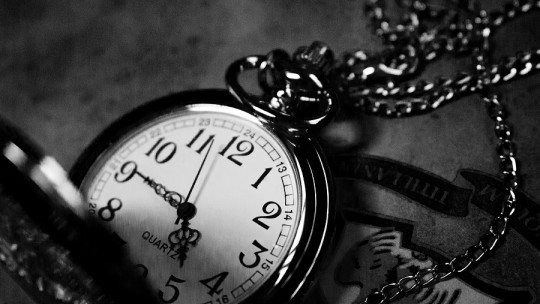
There are many types of phobias; These disorders are characterized by an irrational fear and persistent in the face of situations, objects, activities or people.
The main symptom of this disorder is the desire to avoid the feared stimulus, and the development of phobias usually occurs due to environmental factors. However, some experts claim that our body is programmed to feel fear since it is an adaptive emotion, which has been useful to the human species for centuries, so it would be relatively easy to suffer from this condition.
Irrational fears can be very disabling, as in the case of cibophobia or fear of eating, which can cause serious problems for a person’s health. In this article we will talk about this strange phobia and delve into its causes, symptoms and treatment.
What is cibophobia?
Cibophobia is an anxiety disorder which causes great fear and discomfort to the person who suffers from it, since he or she experiences a great irrational fear of eating or of the food itself.
This disorder must be differentiated from other pathological conditions such as anorexia or bulimia, which have their origin in the ideas that the person has about the aesthetic consequences of eating food, although sometimes it can be linked to these. However, the irrational fear of having a negative body image when eating, such as thinking that food may contain toxins or germs, can contribute to the development of cibophobia.
Some characteristics of this disorder are:
Symptoms of this phobic disorder
As you can see, the person who suffers from this pathology tends to avoid food due to their irrational ideas about it, and although in many cases they show knowledge about their problem, they cannot control that situation.
The symptoms of cibophobia do not differ from other phobic disorders since the symptoms are characterized by consequences at a cognitive, behavioral, physical and physiological level.
At a cognitive level, the person has irrational ideas of fear, suffers anxiety, loss of concentration, disorientation and extreme worry Their behavior also changes, mainly avoiding the phobic stimulus.
Physical and physiological symptoms are characterized by tachycardia, chest tightness, excessive sweating, dizziness, tremors, chills.
Causes of phobias
The phobias They often originate from environmental factors In fact, phobic disorders are learned and develop through a type of associative learning called classical conditioning. This type of learning was initially studied by Ivan Pavlov, although it was popularized by an American psychologist who is known as one of the precursors of behaviorism, John Watson.
Watson was the first researcher to study this phenomenon and managed to make a small child learn an irrational fear of a white rat that he previously adored. At the beginning of the experiment, the boy, named Albert, played calmly and enjoyed the company of the white rat.
However, in Watson’s experiment, every time the white rat was presented, a loud noise also appeared that scared the little one. After a few sessions, little Albert associated the loud noise with the presence of the white rat, and therefore, every time the white rat appeared alone Albert felt a strong irrational fear that had nothing to do with the harmless creature.
Other causes of this disorder
However, classical conditioning is not the only way a phobia can develop, and cibophobia can appear due to observational learning. In fact, some authors speak of vicarious conditioning as one of the possible ways of acquiring irrational fears. If you want to know more about this concept, you can read this article: “Vicarious conditioning: how does this type of learning work?”
On the other hand, other authors think that people are biologically predisposed to suffer fear, since it is an emotion that is produced thanks to the primitive brain as it has been very useful for our survival. Learning from fear It is produced by primary and non-cognitive associations so phobias do not respond to logical arguments.
Cibophobia treatment
Scientific studies show that Psychotherapy is really effective in treating phobias and one of the types of psychological therapy that has given the best results in research is cognitive behavioral therapy.
This form of therapy combines techniques from cognitive therapy and behavioral therapy, and some of the most used for the treatment of phobias are the techniques of relaxation and exposure techniques In fact, the technique par excellence in the treatment of phobias is cognitive desensitization, which combines both.
Systematic desensitization consists of teaching the patient different coping skills (for example, relaxation techniques) for when he finds himself in the feared situation, and he is exposed to the phobic stimulus gradually so that he himself experiences the irrationality of his fear.
On the other hand, pharmacological treatment is indicated in severe cases but always in combination with psychological therapy.
Other types of therapy that are used to treat this pathology are: cognitive therapy based on Mindfulness, acceptance and commitment therapy or hypnotherapy.








